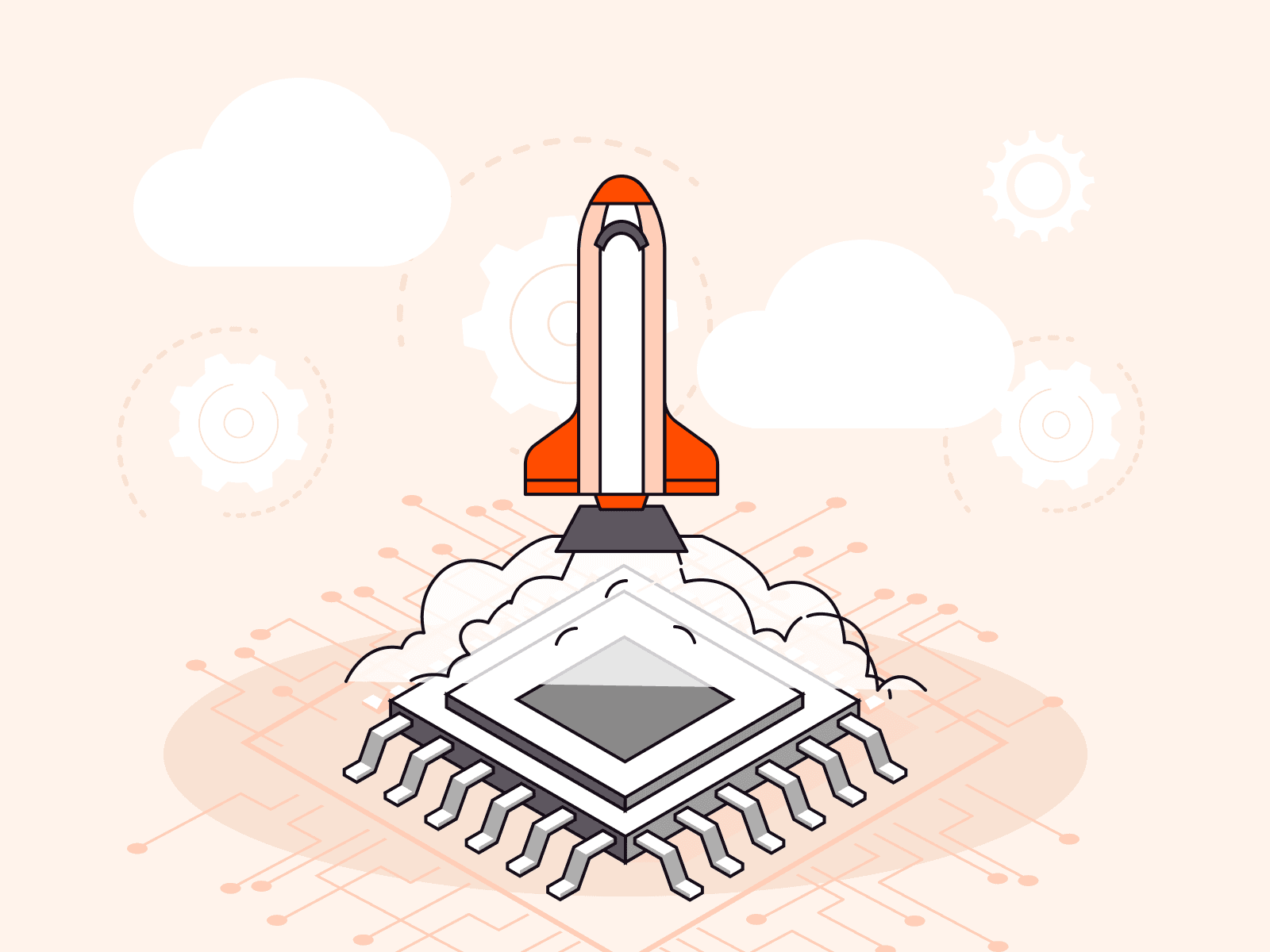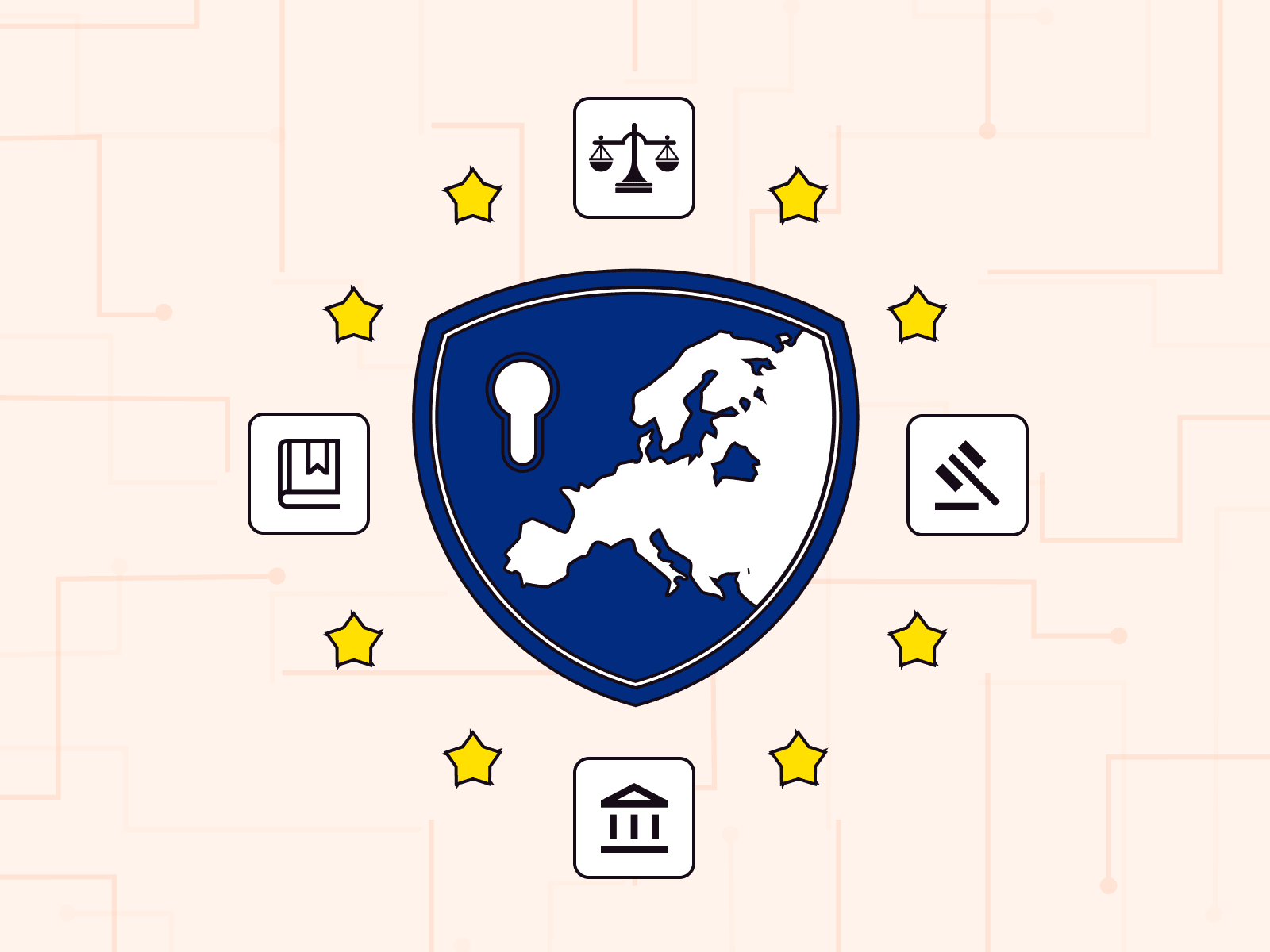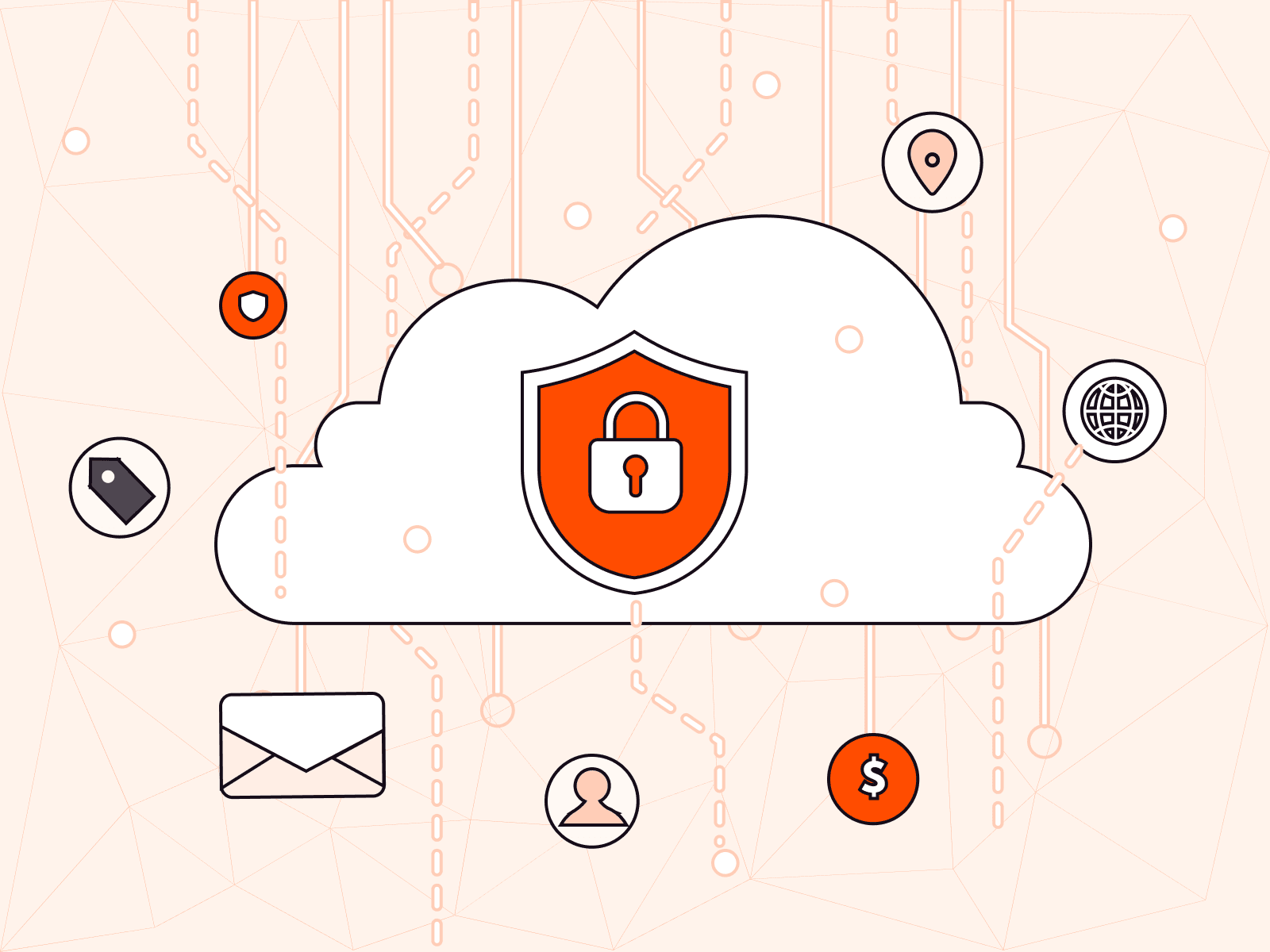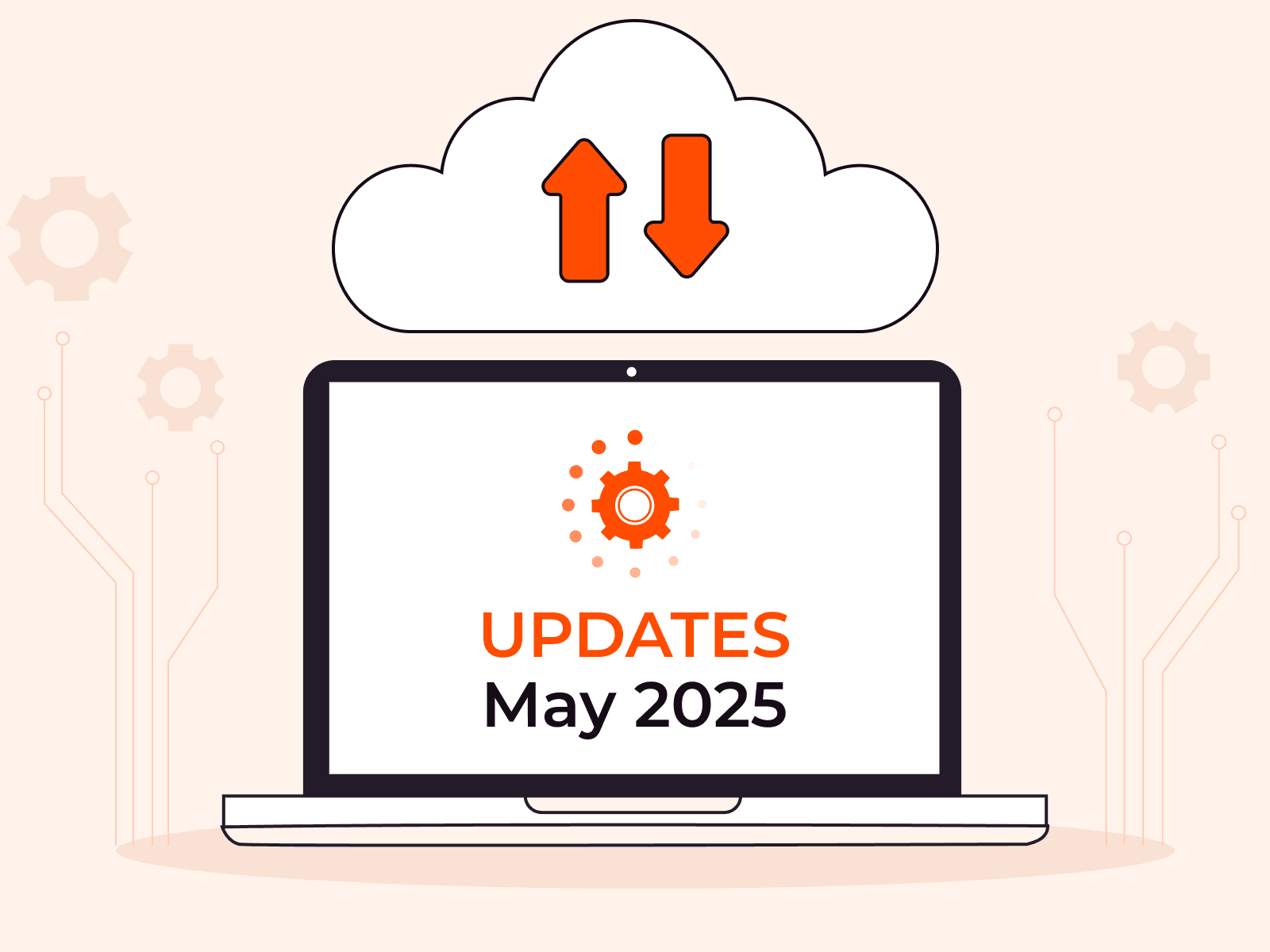Discover Gcore Basic VM | Is Gcore Basic VM the Right Hosting Service for You?
- July 21, 2023
- 5 min read

Navigating the maze of hosting solutions can be a daunting task. Assessing the differences and deciding which best fits your needs and budget can be an overwhelming process. Here at Gcore, we understand this challenge, and we’re pleased to offer this guide to our most affordable hosting service: Gcore Basic VM. First, we’ll explain what Gcore Basic VM is, and then explain its benefits and features. By the end, you’ll know whether Gcore Basic VM can meet your hosting needs or whether you should investigate a different Gcore hosting service, helping you to find the perfect balance between cost-effectiveness and functionality.
What Is Gcore Basic VM?
Gcore Basic VM is a hosting service that provides the flexibility and scalability of virtual servers at exceptional value. As part of the Gcore Cloud platform, users can create and manage their Basic virtual machines in a high-performance environment with a robust underlying infrastructure. Gcore Basic offers a wide range of features and tools that provide ease of use and resource optimization. Extensive configuration options and locations are available, allowing you to tailor your virtual servers to your specific application and workload requirements—all while keeping costs to a minimum.
Gcore Basic VM is designed to be easy to use. Creating and configuring virtual servers is easy with our user-friendly web interface, which offers intuitive tools for resource management, network configuration, monitoring, and scaling. Even if you don’t have any cloud computing experience yet, we’re confident that you can quickly get comfortable with Gcore Basic.
Features of Gcore Basic VM
Let’s take a closer look at some of Gcore Basic’s technical features to understand the quality and value that the service offers.
High-Quality Network
Gcore offers a reliable and stable network infrastructure that ensures the high availability and performance of your Basic virtual machine. There are several important benefits of having a high-quality network:
- Fast data transfer speed. Gcore has a powerful infrastructure with high-speed network connections. This allows you to achieve high data transfer speeds between your virtual machine and other cloud resources or external networks. Fast data transfer speeds are essential for efficient communication, file uploads and downloads, and database access.
- Reliability and fault tolerance. The network in Gcore Basic VM is built with high reliability and fault tolerance in mind. Multiple network connections, redundant routes, and auto-switching systems keep your VM running smoothly even if one of the network components fails. Redundant routes are alternative data paths that can be used in the event of a failure or problem with the main route.
- Low latency (lag). Network latency can significantly affect the performance of your applications and services. Gcore Basic VM provides low-latency data transfer through an optimized network infrastructure and the use of advanced technologies. This is especially important for reactive applications that require near-instantaneous responses.
Advanced Networking Features
Gcore Basic VM offers a number of advanced networking features that help you manage and configure your virtual machine’s network infrastructure. Importantly, these features allow you to manage and configure your virtual machine’s network infrastructure for security, performance, and availability. Here are some of Gcore Basic VM’s advanced networking features:
- Virtual Local Area Networks (VLANs). VLANs allow you to create virtual networks within your virtual machine. This means you can segregate network traffic and manage the segmentation of your network to improve security and performance.
- Load balancing. Load balancing is typically used to distribute traffic across multiple servers or application instances. This improves the performance and availability of your application or service, as traffic is distributed evenly across resources.
- Firewall. Gcore Basic VM includes a firewall that allows you to configure traffic filtering rules and control access to your virtual machine. This helps to keep your network secure and prevents unauthorized access to important resources. A firewall can block threats such as suspicious traffic, DDoS attacks, and port scans to prevent your virtual machine from being compromised.
User-Friendly Control Panel
Gcore Basic VM provides a user-friendly control panel that helps you manage your virtual machine and customize it according to your needs. You can turn on, turn off, or reboot a virtual machine with just one click. You can also easily scale your machine’s resources—including memory, processors, and disk space—backup your virtual machine, and restore it if necessary. This helps to protect your data and system in the event of a failure or unexpected occurrence.
Updated Hardware
Gcore Basic VM provides exceptional value for high-powered performance through the use of updated and modern hardware. Gcore is constantly updating its infrastructure, introducing new technologies, and applying advanced solutions to ensure high performance and efficiency of virtual machines. Here are some hardware factors and components that make Gcore Basic VM stand out:
- SSD storage. Gcore Basic VMs are equipped with high-speed SSDs (Solid State Drives.) SSD storage provides significantly faster data access than traditional hard drives, resulting in faster data reads and writes. This results in minimal access time, high read and write speeds, power efficiency, and improved reliability.
- Powerful servers. Gcore uses powerful servers with modern processors, large amounts of RAM and fast storage. This provides high performance computing and data processing for your virtual machine.
Monitoring System
Gcore Basic VM provides network monitoring and management tools that allow you to monitor performance and resource usage, and detect possible problems. They help you to manage your network infrastructure effectively and take appropriate action to optimize performance. You can view information about parameters including CPU load, memory usage, and network activity.
Global Reach
Gcore Basic VM provides the ability to select a geographic location for your virtual machine. This determines where the physical servers that run your VM will be located. We currently offer six locations across four continents (North America, South America, Asia, Europe) with two more locations coming very soon (Santa Clara and Singapore) and plans to continue expanding.

Connect to Gcore Cloud and Edge
With Gcore Basic VM, you can connect to and integrate other Cloud and Edge Network services to extend the functionality of your virtual machine. This offers the convenience of managing your entire project in one place. Here are some ways to connect other services:
- Integration with container platforms. If you are working with containerized applications, you can integrate your virtual machine with container management platforms such as Kubernetes or Docker. This will allow you to deploy and manage containers in your virtual machine, extending the functionality and capabilities of your application.
- Additional network connections. Gcore also provides the ability to establish additional network connections, such as IP tunnels or VPNs (virtual private networks,) to communicate with other cloud or network services. This allows you to establish a secure and reliable data connection between your virtual machine and other services.
What If Gcore Basic Isn’t Right for You?
While Gcore Basic VM is an effective and affordable hosting option for many, perhaps your needs exceed what Gcore Basic VM can offer. In that case, we suggest choosing one of our more advanced hosting options: virtual hosting or a dedicated server.
If you want to learn more about these options, check out the use cases for which a dedicated server is best suited with our comprehensive article, or learn more about why virtual server prices vary so much.
Conclusion
Gcore Basic VM is a competitively priced and robust hosting service. Its features include a high-quality network, advanced networking capabilities, a user-friendly control panel, updated hardware, unique monitoring systems, global reach, and Cloud/Edge integration. If you’re seeking a flexible, scalable, and affordable hosting service, Gcore Basic VM could be the right choice for you.
If you’re unsure whether Gcore Basic VM is what you need, reach out to our support team; we’re here to guide you towards finding the Gcore hosting solution that perfectly suits your requirements.
Related articles
Subscribe to our newsletter
Get the latest industry trends, exclusive insights, and Gcore updates delivered straight to your inbox.






